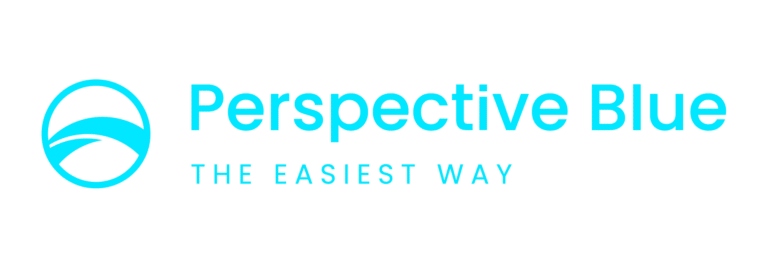Career interruptions can happen for various reasons, such as raising a family, pursuing further education, dealing with health issues, or taking a sabbatical. Returning to the workforce after an extended break may seem daunting, but with the right strategies, you can successfully reintegrate into your professional life. In this article, we’ll explore best practices for professional reinsertion.
1. Self-Assessment and Goal Setting
Before diving back into the job market, take some time to reflect on your career goals and aspirations. What kind of work are you interested in? What skills have you gained during your time away? Understanding your objectives will help you focus your job search.
2. Update Your Skills
The employment landscape can change during a career break. Ensure your skills and knowledge are up to date. This might involve taking a course, attending workshops, or obtaining certifications in your field.
3. Networking
Networking is a powerful tool for job seekers. Reconnect with former colleagues and attend industry events to rebuild and expand your professional network. Inform people about your reinsertion and let them know you’re seeking opportunities.
4. Resume and LinkedIn Profile
Revise your resume and LinkedIn profile to reflect your latest accomplishments, skills, and experiences. Highlight your career break positively by showcasing the personal growth and skills you acquired during that time.
5. Seek Guidance
Consider seeking advice from career counselors, coaches, or mentors who can provide guidance and support tailored to your situation. They can help you identify your strengths, polish your job search strategies, and build confidence.
6. Be Open to Change
The job market might have changed during your break. Be flexible and open to new opportunities that might not exactly match your previous role. Your experiences during your career break might make you a valuable asset in a different capacity.
7. Apply Strategically
Apply for positions that align with your skills and interests. Tailor your applications to demonstrate how your background and the experiences during your career break make you a strong candidate for the job.
8. Interview Preparation
Prepare for interviews by practicing answers to common questions about your career break. Highlight the skills and qualities that make you an attractive candidate, such as adaptability, time management, and problem-solving.
9. Consider Part-Time or Contract Work
To ease back into the workforce, you might consider part-time or contract roles. These can be stepping stones to full-time positions and help rebuild your confidence and professional network.
10. Work-Life Balance
As you re-enter the workforce, maintain a healthy work-life balance. Ensure that your work commitments align with your personal and family responsibilities, as striking this balance is vital for long-term success.
11. Stay Informed
Keep yourself informed about industry trends and developments. Subscribe to relevant publications, attend conferences, and engage in online forums to stay up to date with the latest news in your field.
12. Patience and Persistence
Reentering the workforce may take time, and rejection is a part of the process. Be patient and persistent in your job search. Every rejection brings you closer to your next opportunity.
Conclusion
Professional reinsertion is an achievable goal with careful planning and a positive mindset. Embrace your career break as a period of personal growth and skill development, which can add unique value to your professional journey. By following these best practices, you can navigate the transition back into the workforce with confidence and resilience. Remember that your career is a journey, and every step, including reinsertion, contributes to your ongoing growth and success.



